Featuring Brit Horn, Pacific Coffee Research in Kona, Hawaii
By Erika Koss
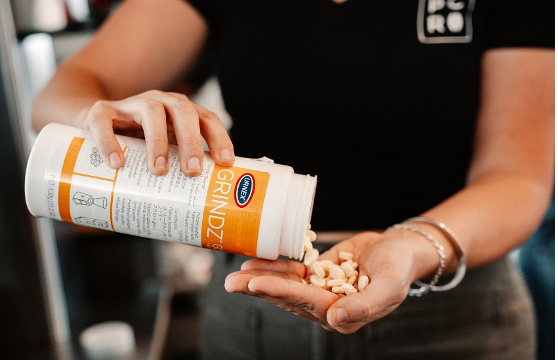

Last year I had the joy to visit Brit Horn, founder of Pacific Coffee Research in Kona, Hawai’i. She’s an Authorized SCA Trainer (Specialty Coffee Association) and for several years, served as the Cupping Competition Chair for the Hawai'i Coffee Association. Pacific Coffee Research is a women-owned and operated coffee company, a Coffee Quality Institute cupping lab, and Hawaiʻi’s first Specialty Coffee Association Premier Training Campus.
Pacific Coffee Research offers several services to its island customers and farmers, especially roasting and selling coffee. But as important is the coffee lab, where Brit and her team of passionate coffee professionals frequently cup coffees. They offer authorized educational courses as well as public cuppings, such as one I experienced during my trip, which featured award-winning Hawai’i-grown coffees from several islands.
Located more than 2,500 miles west of Los Angeles, a five hour flight across the Pacific Ocean, PCR is located in Kona, on land that belongs to Brit’s business partner, Werner Thie. To him, she acknowledges his generosity and guidance over many years. Werner’s land encompasses a small coffee farm, where arabica coffee trees grow in a gorgeous setting looking over the Pacific ocean.
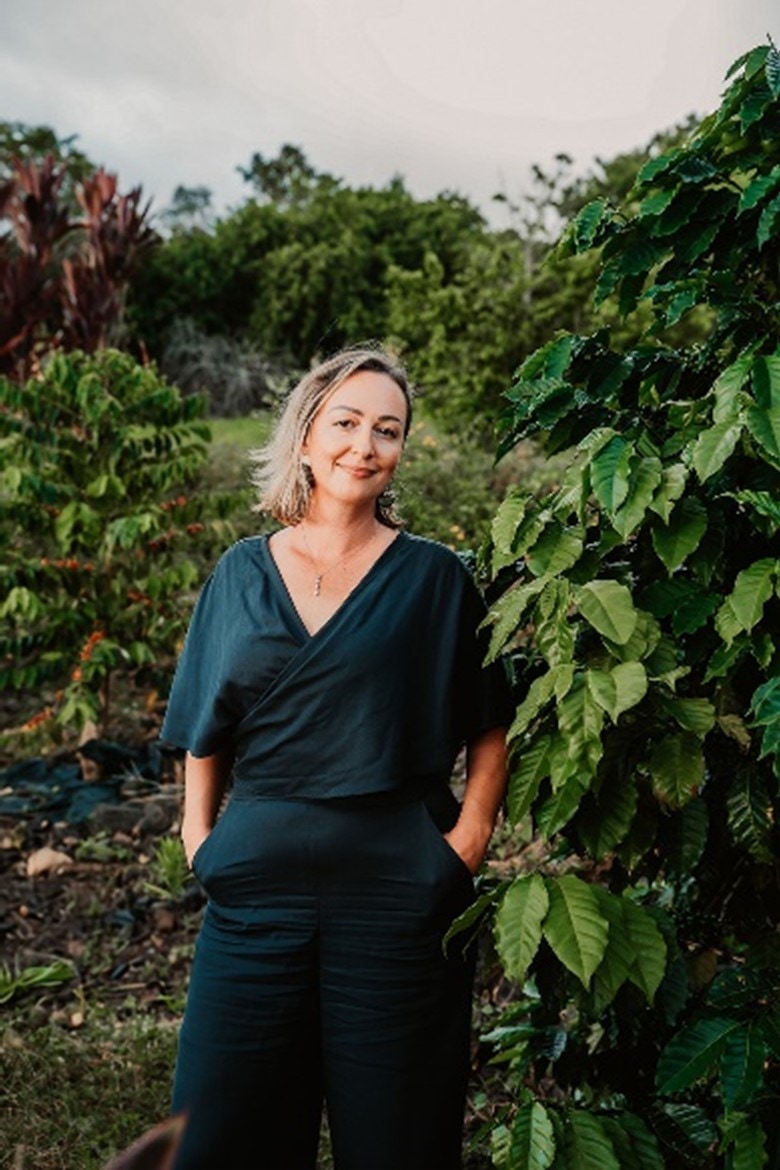

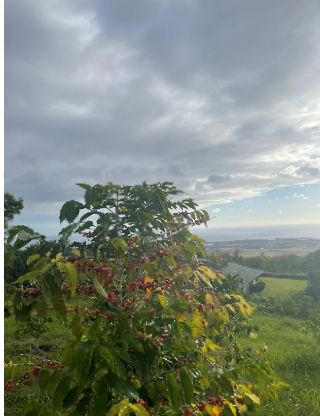
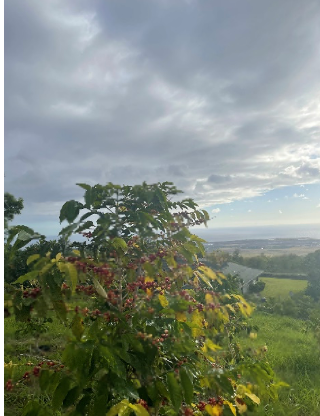
Coffee trees, like this Kona typica, grow outside the cupping lab and roastery of Pacific Coffee Research, overlooking the Pacific Ocean; photo by Erika Koss.
When Brit started PCR in 2017, her goal was to offer a full range of support services to engage the coffee community from seed to cup; from post-harvest quality consulting with producers to roasting workshops, barista training, and sensory courses.
As a certified lab by both SCA and CQI, they offer Coffee Skills Program certification courses, custom workshops, and corporate training events. They work with local cafes and restaurants to serve high-quality coffee in their outlets through a comprehensive wholesale program which includes skills training, equipment maintenance, and access to special lots of locally sourced and roasted coffee.
They are a wholesale distributor of Urnex cleaning products, with a line-up of three key Urnex products: Roaster Soakz, Grindz, and Cafiza. In addition, PCR carries several coffee and espresso cleaning supplies, using them both in their lab and to sell to cafes and restaurants on the Big Island.
As a training facility, cleaning is part of all the classes they teach. For example, when Brit teaches an espresso techniques class, she devotes about 30-45 minutes of time to demonstrating best practices on cleaning and machine care. During this segment, she uses Cafiza to teach students how to backflush espresso machines, and she also uses it at home to clean her personal coffee equipment, and when she has stains in her coffee mugs.
She also told me about a new grocery store client that had several empty refilling containers in its bulk section. The containers were coated in rancid coffee oil with charred coffee seed beans stuck in the dispensers, because they had never been cleaned. Brit took the containers to PCR, filled a kiddie swimming pool with a whole container of Cafiza and water, and she soaked it for two days. Finally, the stains came off and PCR continues to keep this client’s equipment clean.
In her cupping lab, Brit and I spent extra time talking about grinders, since where I live in Kenya, it’s so common to see very dirty grinders that may have never been cleaned.
She confirmed that even in Kona, she has seen many grinders that don’t work properly because people don’t clean them enough.
Brit shows her clients and students how to use the Grindz, which she likes a lot – small coffee shaped pellets that one can easily put in a grinder to purge and clean in less than five minutes.
Erika: Why don’t more people clean their grinders?
Brit: I really have no idea. Without cleaning, you’re compromising your grinders’ ability to grind coffee consistently and its possibility to distribute the particular size you need for different brewing methods or cupping
Erika: I think a lot of restaurants don’t think about the importance of their grinders and the need for daily upkeep.
Brit: True, generally these are well-built machines, and they’re meant to last. But only if they’re cleaned every day. At the end of every café or restaurant shift, the hopper should be emptied from all coffee and removed from the grinder. The hopper should be cleaned with a quick handheld vacuum put inside to clean out the grinds. Then the grinder should be left empty overnight.
Erika: I can say that in East Africa, this isn’t happening in many cafes or restaurants, especially in the hotels.
Brit: It’s so important for the longevity of the machines. Too many cafes I’ve seen tell me they only clean their grinders once a week. But that’s not enough – it should be every day.
Erika: And using Grindz is fast.
Brit: So easy! You just put a shot, between 30-40 grams of this in your hand, and pour it into the grinder and grind it through. It takes less than 5 minutes to put through a grinder so that any coffee that is built up or stuck in the burrs can be flushed through. That’s it. If you’re doing it every day, it should only take a tiny handful of Grindz, but if it’s not done on a regular basis, then you’ll need to use more. There may be other problems you can’t see: there may be clogs from all the build up of coffee.
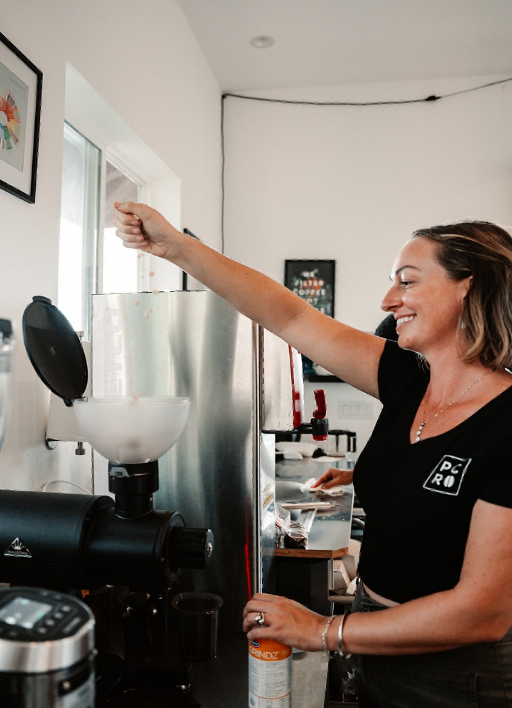

Image Above: Brit Horn demonstrates how easy it is to use Grindz in one of her grinders at Pacific Coffee Research; photo by Lia-Lucine Cary.
Erika: What about espresso grinders?
Brit: It’s even more needed for espresso grinders, because you’re grinding such fine, tiny particles and they can easily get stuck. My team also has examples of going into cafes who call us, because they’re having issues with their grinder. Recently Eric – our lead Equipment Technician and a Q Arabica Grader – had to completely disassemble the burrs and interior of the grinder, because there was so much build up in there. But it could have been prevented if they had been using a quick dose of Grindz and removing the coffee from the hopper every night.
Erika: Cleaning can help prevent the bigger problems.
Brit: Yes, cleaning is just so important to the longevity of the equipment. It saves so much time and money in the long-run.
Brit and I also discussed the relationship between quality and cleaning: “Coffee’s just going to taste better if you clean!”
As Brit explains, “When we’re cupping coffee, we grind each cup individually and in between each coffee that we cup, so that we purge a small amount of coffee through the grinder. The whole reason for doing that is because there may be coffee that gets stuck in those burrs and if you don’t purge, you may end up with some flavour from the previous coffee into the next coffee that you’re grinding. So, it’s the same with cleaning your grinder. If one evening you grind a bunch of dark roast and the next morning, you grind lighter roasted coffee, you might end up with some dark roast into light, if you didn’t clean. There’s a build up of oil in the burrs, which coats the burrs, so you need to flush it out. That’s why we use Grindz.”
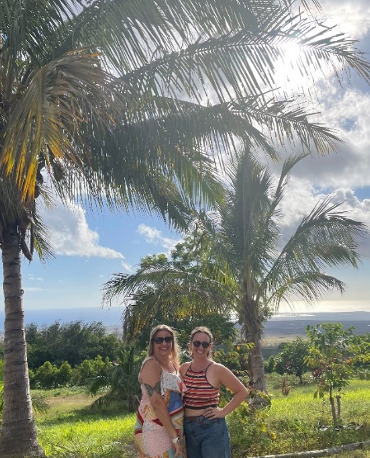

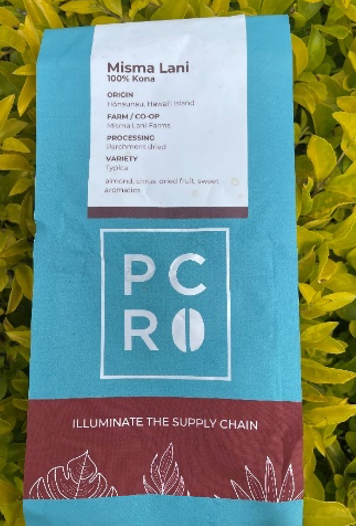
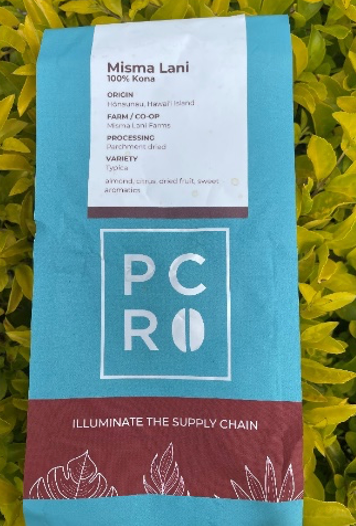
Besides all the coffee we were tasting or drinking, we spent time in Kailua-Kona town and watched several sunsets on her local La’aloa Beach. Brit took me to one of her favorite parts of the island, the Kohala coast drive from Kailua-Kona to Waimea, where we visited a local farmers market, bought steaks at the Waimea Butcher Shop, and spent an afternoon on a beach.
My trip was too short, but it was a magical time for me to taste dozens of Hawai’i-grown coffees and visit one of Kona’s ambitious small businesses. What a joy to witness some of the ways PCR makes a difference through their genuine relationships with farmers, promoting quality coffee, and offering specialty coffee education for the Big Island and beyond.
About the writer:
Erika Koss, PhD, is a writer, educator, and researcher who views coffee through the lens of two life-long passions: literature and human rights. She is an Authorized Specialty Coffee Trainer and a co-creator of SCA’s Coffee Sustainability curriculum. Erika's PhD from Saint Mary’s University in Canada focused on coffee's gendered gaps in Kenya, and she has created a new gender and coffee course to help address this issue more globally. As the founder of “A World in Your Cup Consulting,” she seeks to advance sustainability, gender equity, and decolonization of the beverage crops through education and research. Born and raised in Los Angeles, Erika lives in Nairobi, Kenya, with her younger son.
Find Erika on IG: @AWorldinYourCup
www.AWorldinYourCup.com
